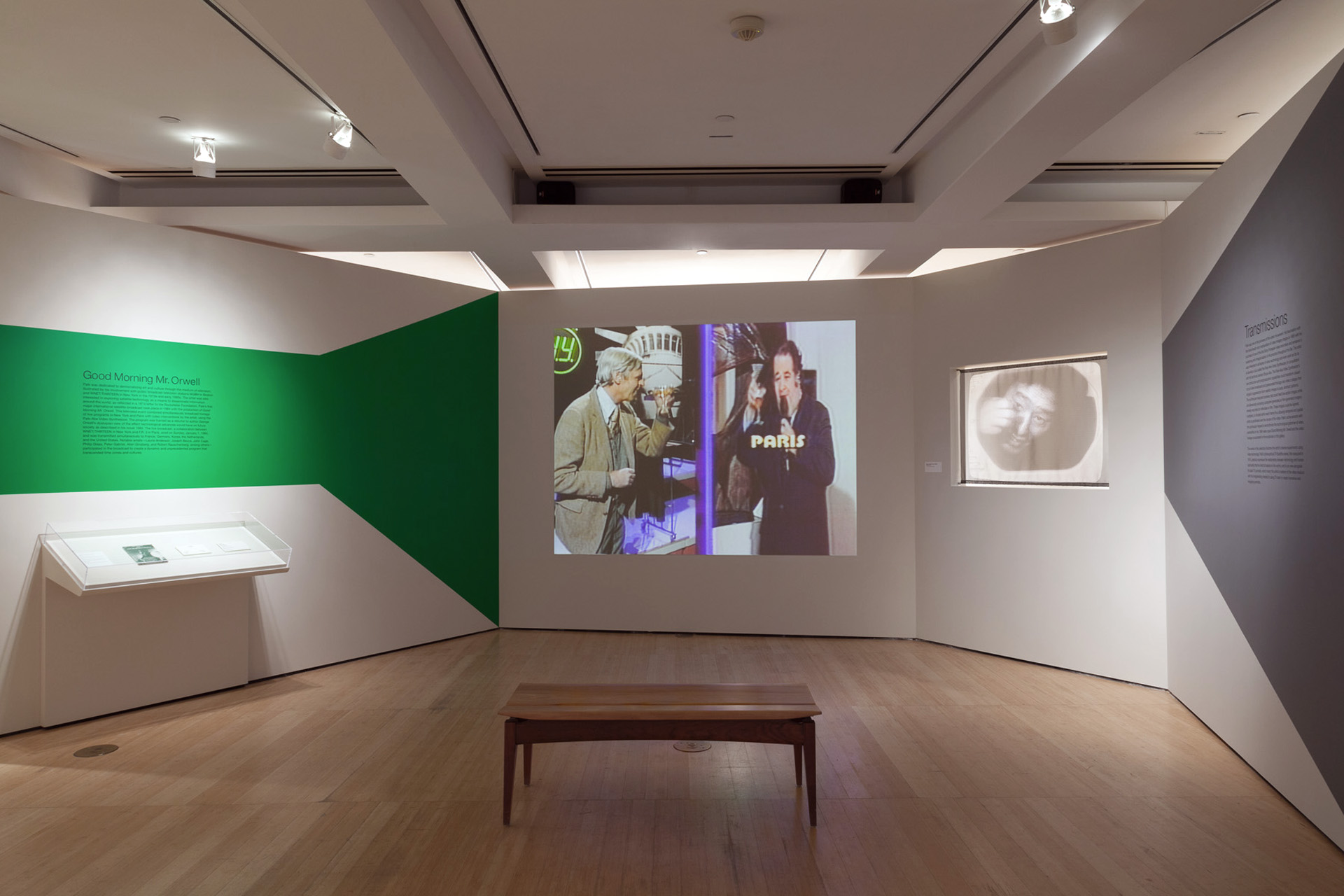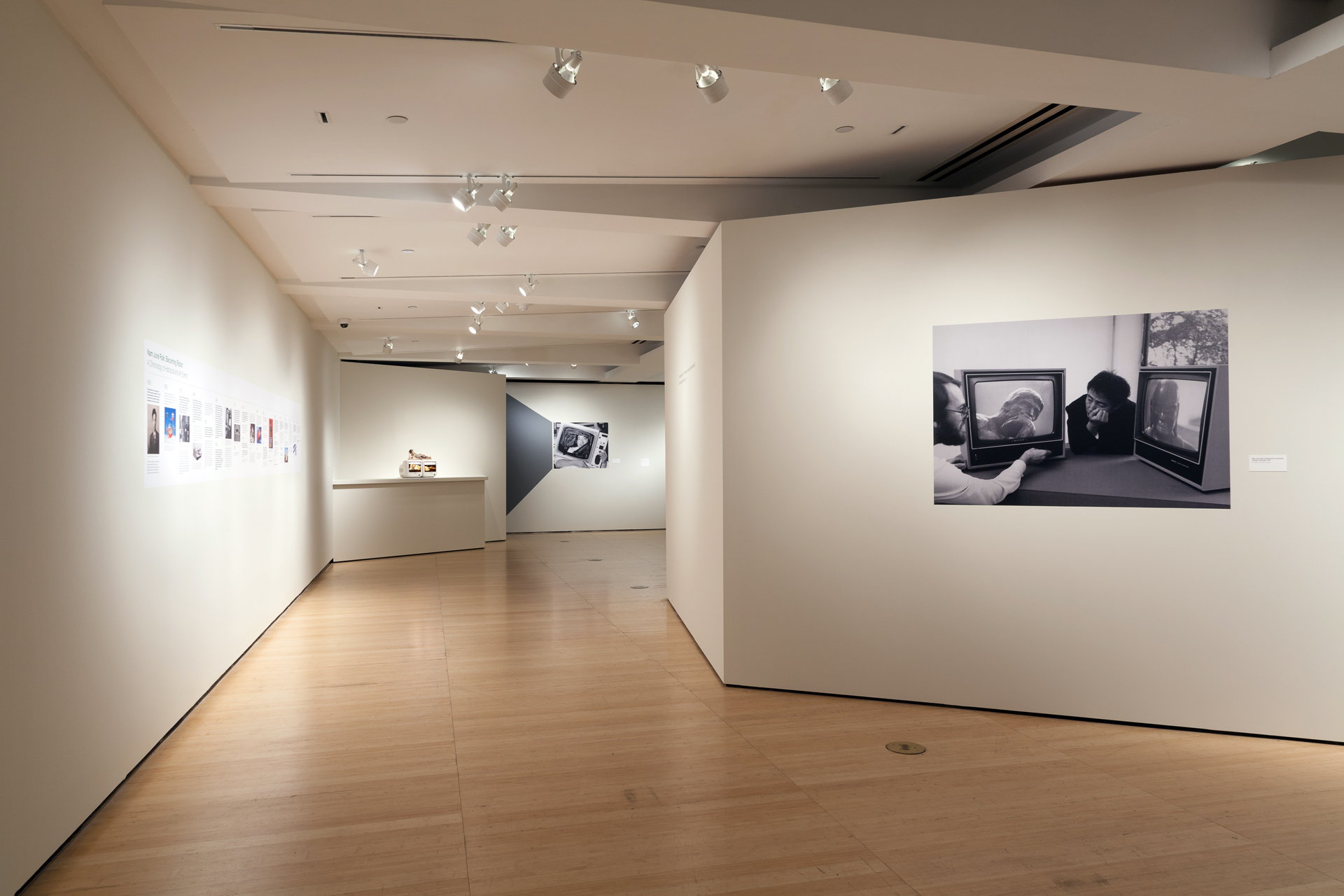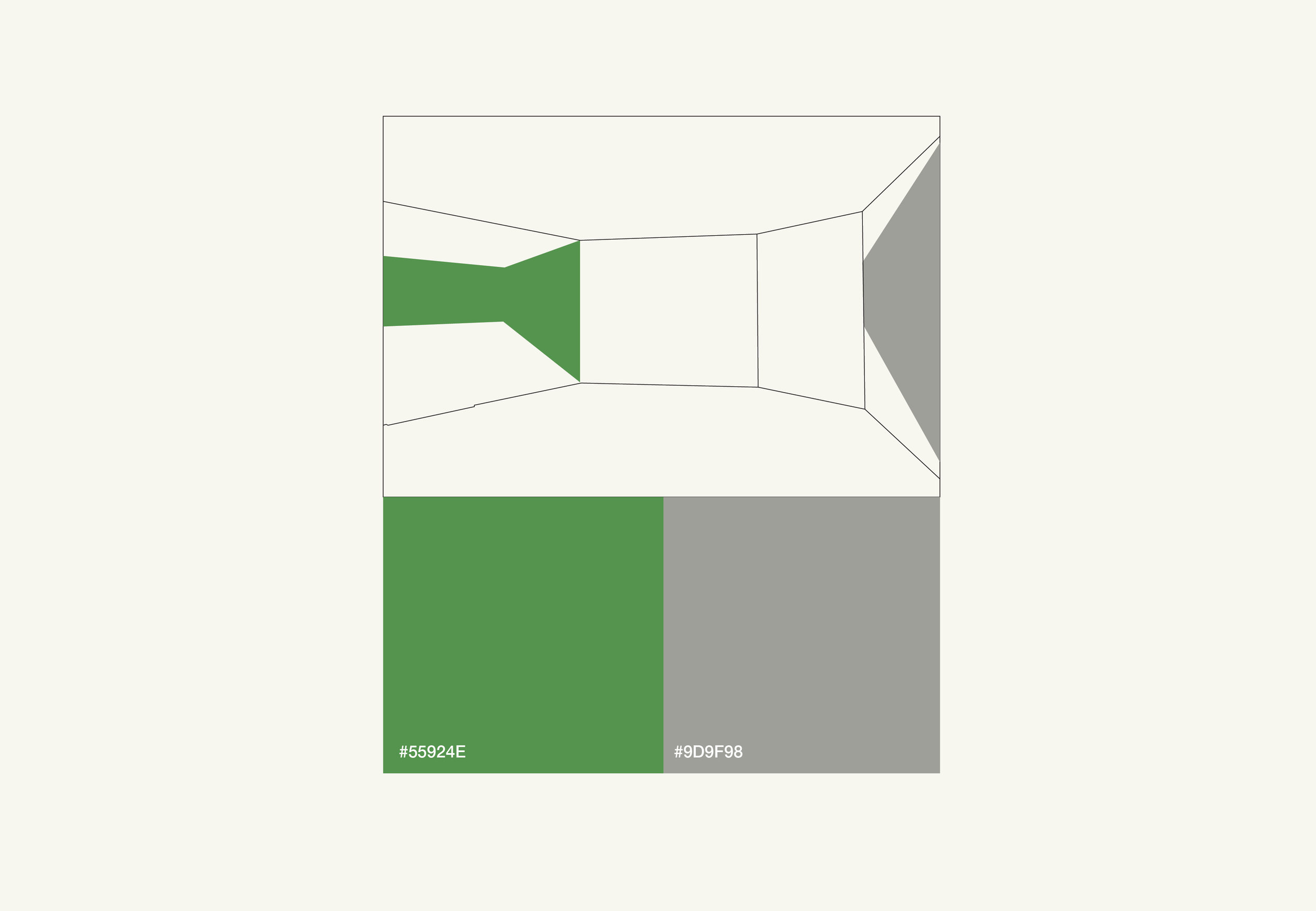Nam June Paik: Becoming Robot
Location: Asia Society & Museum, New York
Date: September 2014
Curator: Michelle Yun
Services Provided: Exhibition Design, Fabrication drawings, Graphic Design, Lighting Design















Excerpt From Asia Society Press Release
“Asia Society Museum presents the first major institutional exhibition of Korean American video artist Nam June Paik in New York in more than a decade. Nam June Paik: Becoming Robot explores the artist’s visionary use of new technologies, and the lasting impact his singular contributions have had on the development and appreciation of new media art.
The exhibition highlights Paik’s lifelong interest in humanizing technology and his prescient view of how technological innovations would become an integral aspect of our daily lives. Known as the “father of video art,” Paik envisioned the possibilities of an Internet-like network and coined the term “electronic superhighway” in 1974.
Becoming Robot focuses on three areas of the artist’s career: Paik’s artistic and working methods with an emphasis on his process; his philosophy toward technology, especially the relationship of technology with the body; and the intersection of technology and culture.
Works on view illustrate Paik’s efforts to redefine fine art and to blur earlier distinctions between science and popular culture by creating art with mediums previously associated with mass entertainment and scientific discovery.”
Nam June Paik was unlike any artist that came before him. As such we made an attempt to exhibit his works in a manner not seen in previous exhibitions of the artist’s work. Paik also used materials and technology of his time and so, in an attempt to present this work in a fresh way, contemporary way we tried to do the same.
While taking inspiration from television signals Paik used in creating many of his works explored in the exhibit, primary and bright colors from TV signal tests were used as indicators of section transitions as well as ground colors for the didactic information. Visual interpretations of “transmissions” and “projections” were explored when designing the casework, pedestals, walls and color blocking. In place of standard TV mounts, we created mounts inside of the walls so as to create a seamless video presence.
For some works with working televisions, totem pedestals were designed and LED lighting incorporated in order to present the works in new ways. The LED tape lighting, set around the top and sides of the works allowed us to illuminate them without diminishing the brightness of their screens.
Large photo reproductions of the works original installations were created on vinyl and transparent scrim to be used as a visual reference as well as add to the overall design of the exhibit.
Photo Credit: Eileen Costa










Graphic Design:
The television signal test images seen in many of Paik's works were explored as ground colors for the exhibition signage. These television signal colors were utilized in indicating a section transition as well as add color to the otherwise white color scheme. Visual interpretations of “transmissions” and “projections” were explored when designing walls and color blocking as well. Instead of applied panels, we masked and painted both the ground color blocks as well as the black and metallic text.
Large photo reproductions of the works original installations were created on vinyl and transparent scrim to be used as a visual reference as well as add to the overall design of the exhibit.

